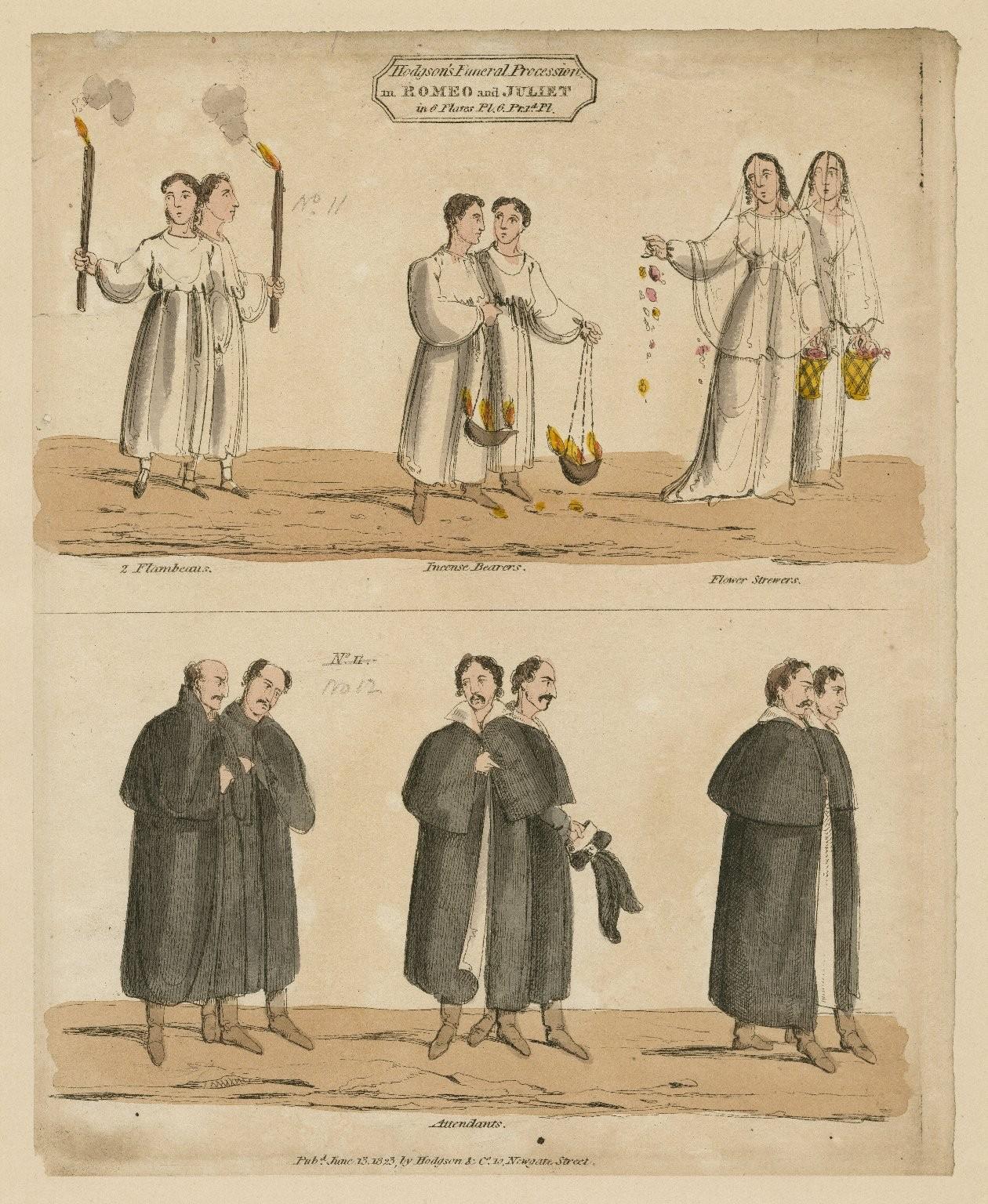Vol. 76, No. 1
pp. 1-64, 2022
Articles
-
“All the doores”: A Stage Direction Indicating More than Two Stage Doors
Mariko Ichikawa
When we consider how Shakespearean and contemporary plays were staged in the London professional playhouses of the time, one crucial factor is the number of openings in the tiring-house wall at the rear of the stage. The following three entry stage directions are usually treated as important evidence for the presence of three openings in the tiring-house façade, that is, two flanking doors and a “discovery space” between them [. …] One might, however, wish to have more data that could support the reliability of the three directions, if they are still to be used as firm evidence on which we could base our discussions. Fortunately, I have found another relevant stage direction in the anonymous play Claudius Tiberius Nero.
-
The Private Life of George Colman the Younger – An Adopted Son
Terry Jenkins
I do not believe that any recent article about [George Colman the Younger] has added to the information contained in the 1975 Biographical Dictionary of Actors, and the 2004 Oxford Dictionary of National Biography. There are still surprising gaps in the story of Colman’s life, and his longstanding relationship with the actress Mrs Gibbs. As I shall show, there are assumptions that have never been questioned. Some dates are still qualified as uncertain, and the information in one particular published article has totally slipped from general knowledge. As will become apparent, Random Records is by no means a comprehensive autobiography, and previous writers have noted the dearth of information about Colman’s private life and his apparent obsession with secrecy. However, many more archival records are now available to researchers and, in this article, I shall fill some of those gaps.
-
A Hundred Years of the Funeral Procession and Dirge in Romeo and Juliet
Olive Baldwin and Thelma Wilson
Eighteenth century theatre-goers were used to Shakespeare’s plays with additions and adaptations, notably King Lear with a happy ending and Macbeth with extensive musical scenes for the witches. These changes were inherited from the previous century, but Romeo and Juliet had to wait for its adaptation. In 1744 Theophilus Cibber changed the death scene so that Juliet woke while Romeo was still alive but had already drunk the poison. Then, in autumn 1750 a grand procession with a sung dirge for the supposedly dead Juliet was introduced by John Rich at Covent Garden and by David Garrick at Drury Lane in rival productions. This impressive extra scene, between acts four and five, immediately came to be scene as an essential part of the tragedy and remained so until the middle of the nineteenth century.
-
Charles Reade: Charles Kean, Dion Boucicault, and John Hollingshead
William Baker and Maxwell Hoover
Hitherto unpublished correspondence is utilized in this article in order to draw attention to Charles Reade’s relationships with three other leading Victorian theatrical practitioners and the issues involved in the staging of Reade’s plays: Charles Kean (1811-1868), John Hollingshead (1827-1904), and Dion Boucicault (1820-1890). In addition, light is shed on these neglected personalities, on dramatic and theatrical concerns, and on Charles Reade’s obsession with the theatre.
BOOK REVIEWS
Arnold Wesker: Fragments and Visions, Anne Etienne and Graham Saunders (eds.)
reviewed by Matthew Franks
John Balshaw’s “Jigge”: Revelry and Royalism in Restoration Lancashire, by Jenni Hyde
reviewed by Sue Allan
The Players’ Advice to Hamlet. The Rhetorical Acting Method from the Renaissance to the Enlightenment, by David Wiles
reviewed by Russell Jackson
* “All the doores”: A Stage Direction Indicating More than Two Stage Doors, by Mariko Ichikawa
* The Private Life of George Colman the Younger – An Adopted Son, by Terry Jenkins
* A Hundred Years of the Funeral Procession and Dirge in Romeo and Juliet, by Olive Baldwin, Thelma Wilson
* Charles Reade: Charles Kean, Dion Boucicault, and John Hollingshead, by William Baker, Maxwell Hoover
